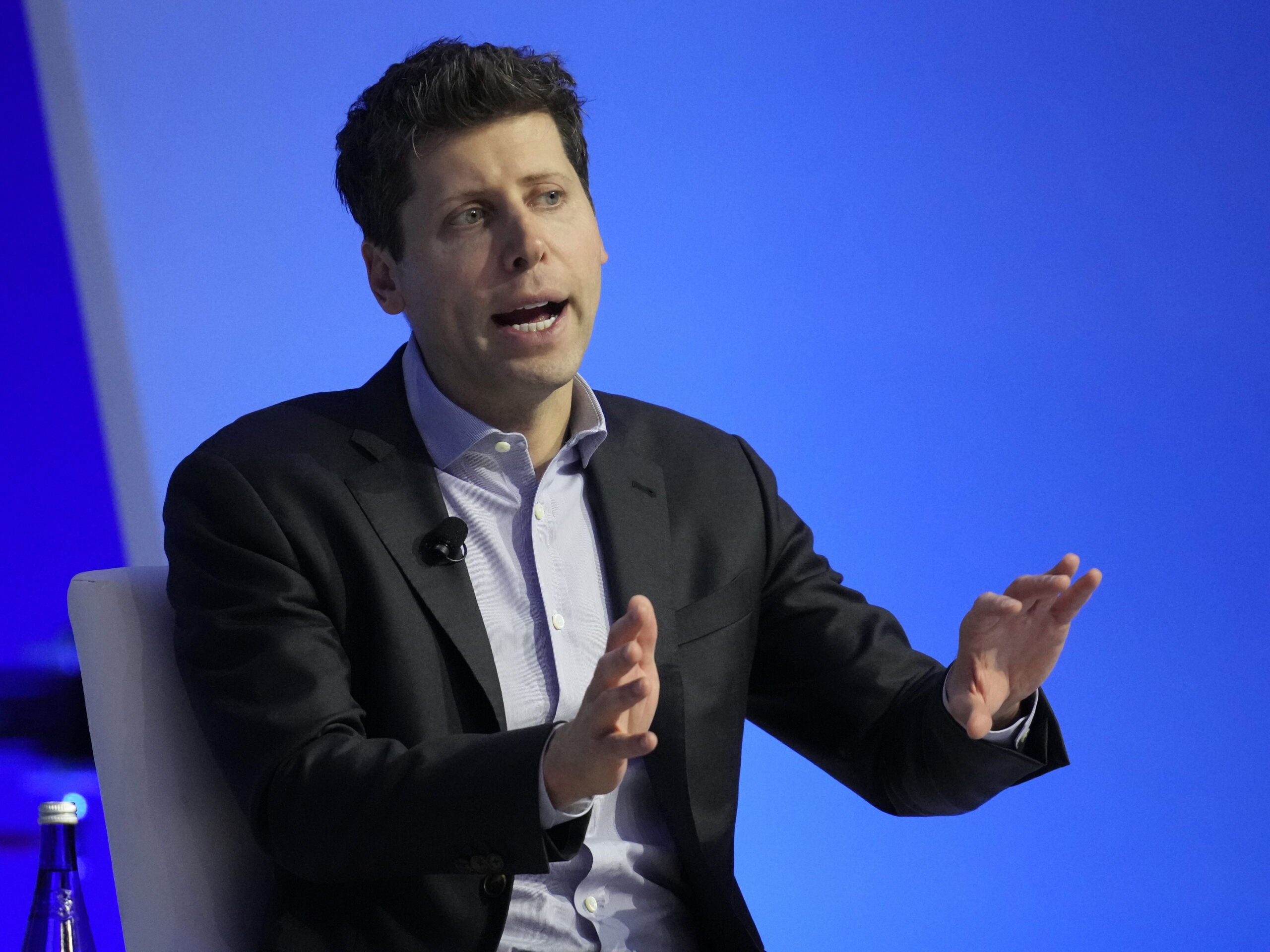Artificial Intelligence (AI) is quickly emerging as a powerful tool in the global push toward sustainability. By improving processes, enhancing energy efficiency, and enabling smarter solutions, AI is helping companies tackle environmental challenges head-on. One sector seeing rapid transformation is building efficiency. AI-powered systems now optimize energy use, predict equipment failures, and enhance building automation — all of which cut energy consumption and operational costs across both new and existing structures. Among corporate leaders, Amazon stands out as a frontrunner in using AI not just to shrink its environmental footprint but also to boost operational efficiency at scale.
Amazon’s AI investments target multiple areas, but building efficiency is at the heart of its sustainability strategy. From detecting water leaks to optimizing energy use, AI is driving meaningful change inside Amazon facilities worldwide.
“At Amazon, innovation and speed define our culture. AI supports both — helping us make measurable progress in sustainability,” said Kara Hurst, Amazon’s Chief Sustainability Officer.
Here are some of the standout ways Amazon leverages AI for greener operations:
1. Package Decision Engine
Amazon developed an AI model that determines the most efficient and safest packaging for every order. Using deep machine learning, natural language processing, and computer vision, the Package Decision Engine chooses packaging that minimizes waste while protecting products.
**“Alongside other packaging innovations, this tool has helped us avoid over 2 million tons of packaging material globally,” Kara shared.
2. FlowMS Water Management
FlowMS, one of Amazon’s AI-driven building tools, continuously monitors for water leaks. In one case, it saved 9 million gallons of water annually at a single facility.
Given that buildings and their construction contribute to 40% of global greenhouse gas emissions, Amazon sees AI-powered water and energy management as critical to meeting The Climate Pledge.
“We’re now using a suite of AI tools to manage energy and water in more than 100 buildings,” Kara said. “These systems monitor HVAC units, refrigeration, and even dock doors — helping us cut energy waste and improve efficiency.”
3. Maximo: AI for Solar Farm Construction
In partnership with The AES Corporation, Amazon is deploying Maximo, an AI-powered robot that helps build solar farms. Equipped with computer vision, Maximo lifts heavy solar panels, makes real-time decisions, and helps crews avoid dangerous heat exposure.
“Maximo can cut solar farm construction timelines and costs by up to 50% — a huge leap forward,” Kara noted.
Amazon’s AI-driven sustainability strategy extends beyond buildings, targeting several key operational areas:
Base Building Advanced Monitoring (BBAM)
Amazon’s BBAM tool uses machine learning to monitor HVAC systems, flagging any irregular energy use. By comparing real-time data with expected performance — factoring in things like weather — BBAM detects problems like clogged filters or malfunctioning units early.
The result? Improved system reliability and energy savings.
Dock Door Energy Loss Prevention
AI tools now alert teams if dock doors at fulfillment centers or delivery sites are accidentally left open — a common cause of unnecessary energy loss.
“At scale, this simple fix delivers significant energy savings,” Kara added.
Amazon’s ARM tool analyzes live data from refrigeration units to maintain the right temperatures for perishable goods. By detecting anomalies early, ARM prevents food waste, cuts energy use, and avoids costly downtime.
For instance, at a site in Spain, ARM flagged a defrost cycle issue — preventing over 1,000 hours of downtime.
Amazon is clear that AI is central to its long-term sustainability goals. “We’re constantly inventing new AI-driven solutions to decarbonize our operations faster and make our buildings more energy and water efficient,” Kara said.
“This is just one example of how Amazon combines decades of AI expertise with our sustainability mission to think big about cutting emissions while running more efficiently.”
From smarter packaging to solar farm automation, Amazon’s AI investments are delivering measurable results — proving that technology can drive real environmental impact.












